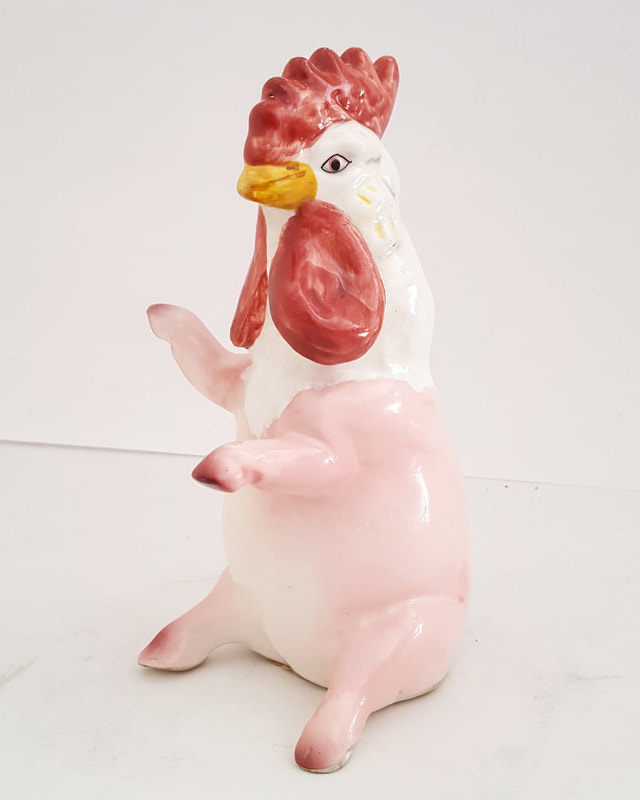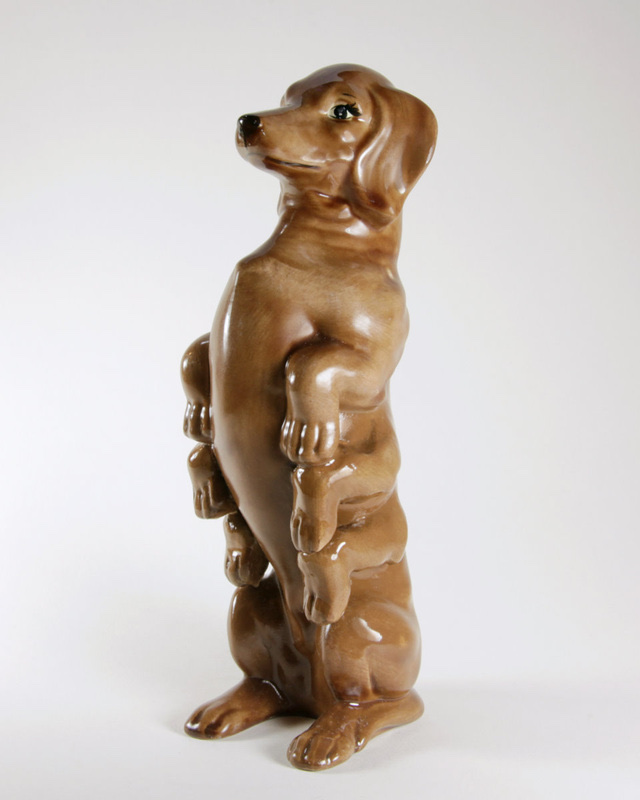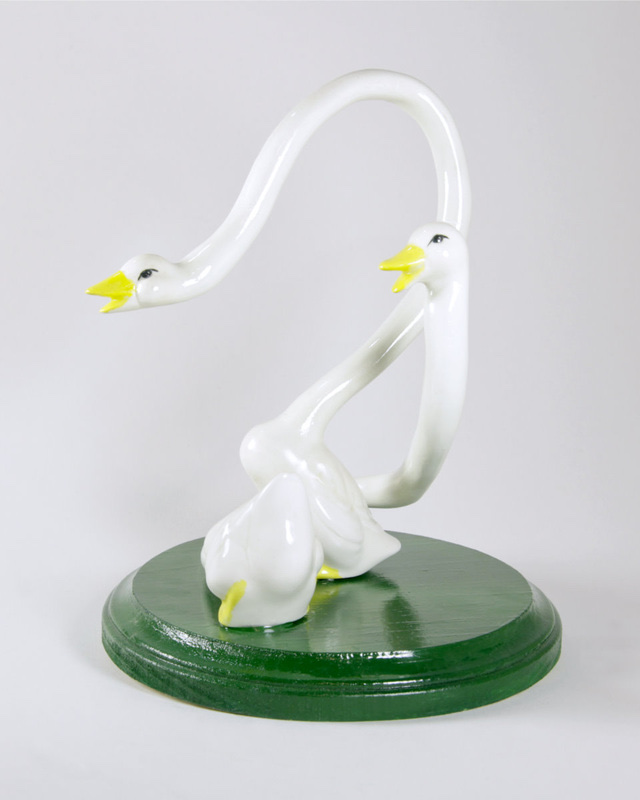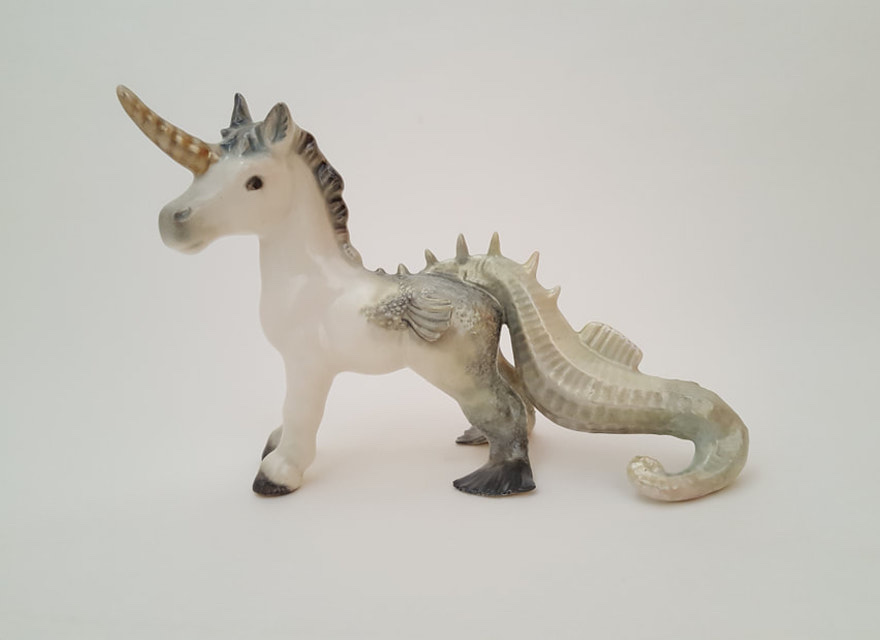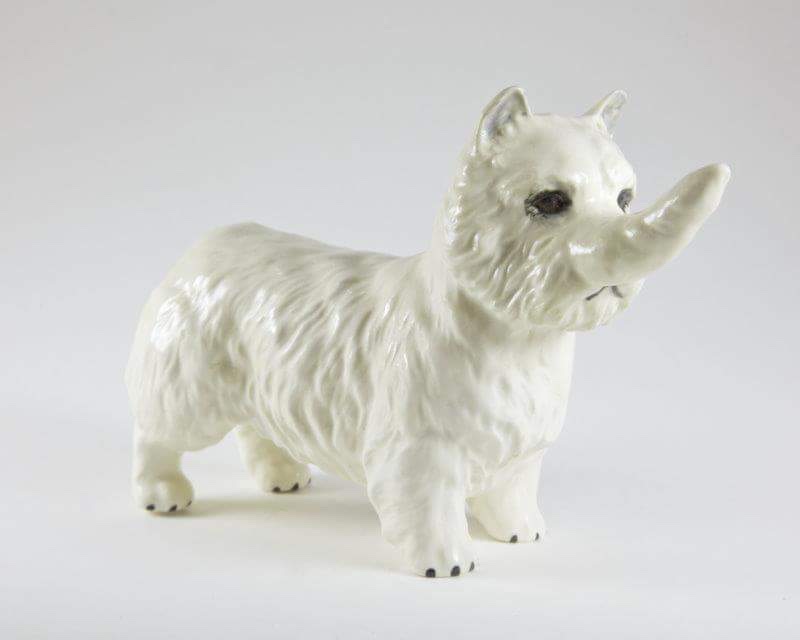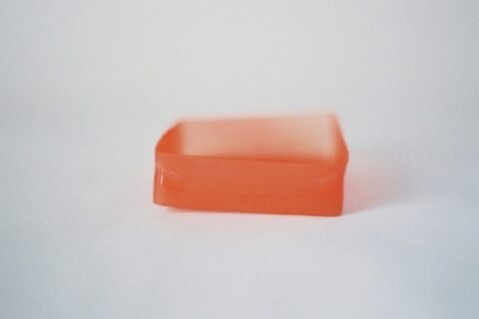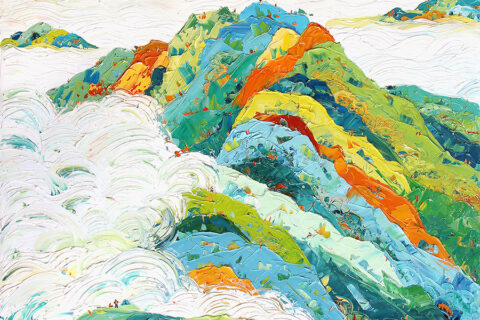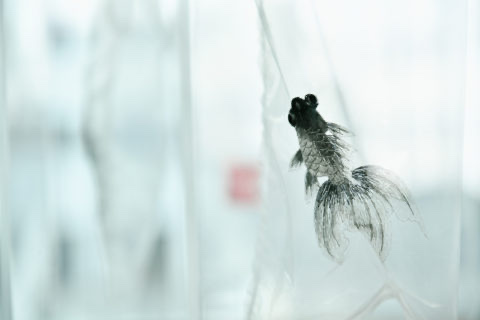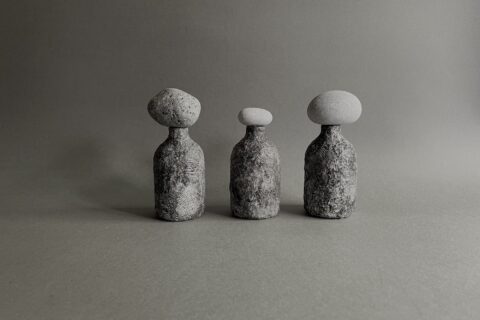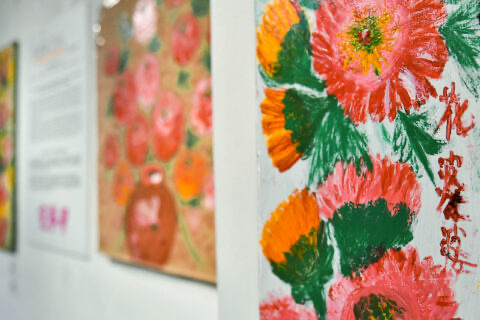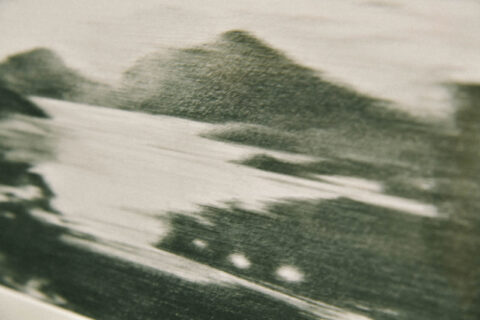
比起從零開始創作,有時候運用現成物加以重塑,成品倒不一定會比前者失色。當中像是以金箔修復瓷器的「金繼」為之一種,另外也有人同樣是以破爛為素材,卻不是以恢復原樣為目的,反而帶來出乎意料的轉化,讓人不住地驚訝於創作者的腦洞面積。這次要說的,就是這一位來自美國洛杉磯的瓷器藝術家Debra Broz。
出生於密蘇里州,現居洛杉磯的Debra Broz,2003年自瑪麗維爾大學藝術系畢業後,很快就跑到德州學習瓷器的修復技術,其後把這門學問,用作她日後創作時的最主要技術。只是當其他人研習修復學問時,真的是為了修復瓷器的目的,她卻是不正不經地,走進二手商店買走一大堆無人問津的瓷器小雕像,進行各種拆解和重置,終於變化出有十隻腿的臘腸狗、尾巴變海馬的獨角神獸、脖子被拉長的連體天鵝,還有雞頭豬身的變種生物。
Reconstructed or restored art pieces are nothing inferior to works that are created from scratch. Kintsugi, a Japanese art of repairing broken ceramics by mending the areas of breakage with gold, is one of the many examples that proves restoration work can be beautiful. Besides Kintsugi, there are many artists out there who’d use their skills and techniques in restoration to recover and rediscover the beauty of the once damaged and broken pieces, and Debra Broz, a ceramic artist based in Los Angeles, US being one of them.
Originally from Missouri, Debra Broz graduated with a BFA from Maryville University in 2003. Shortly after graduation, she moved to Texas to work as a ceramics restorer. While other ceramics restorers focus on the actual restoration, Broz has a special interest in modified ceramics. Using ceramics restoration techniques, she would dissect and recompose the kitsch figurines she finds in the secondhand store and turn them into creatures that are delightfully bizarre. Among the numerous pieces she has created, there are a dachshund with ten legs, a unicorn with a seahorse tail, a conjoined swan with an elongated neck, and a mutant with a chicken head and pig body.
